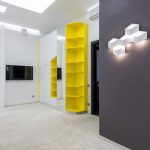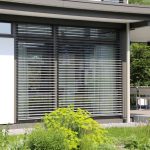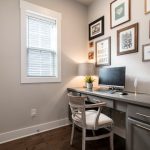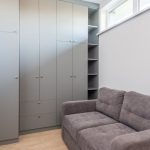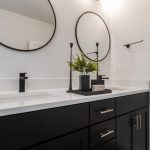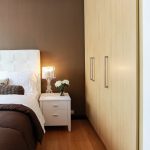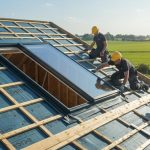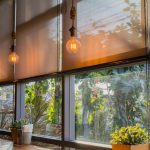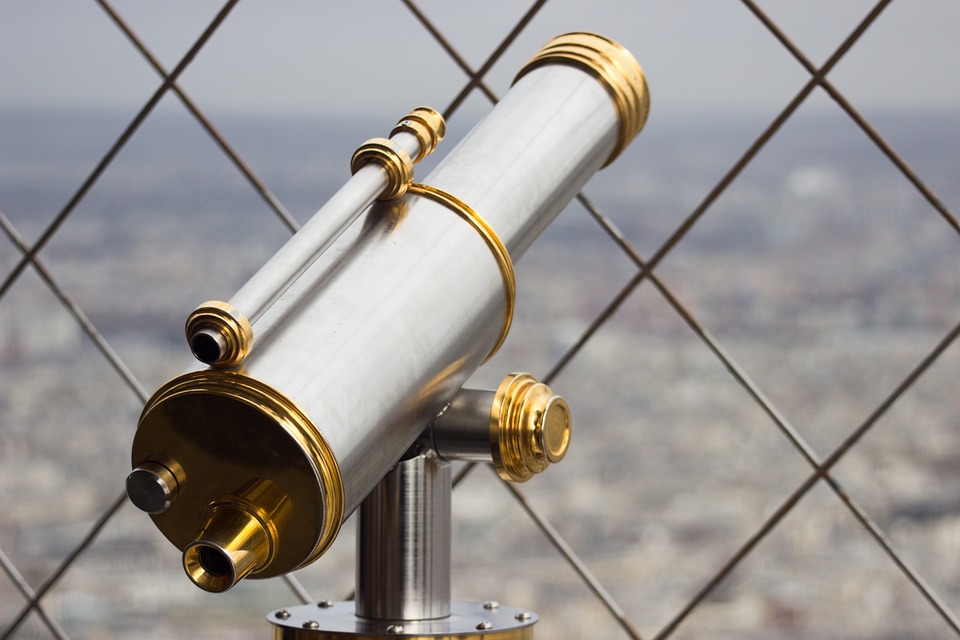
There are various options for getting your hands on a telescope. If you lack the mechanical ability or free time, you should purchase an instrument from a reputable dealer. But, if you have some mechanical aptitude, are patient and can follow instructions, you can save a considerable amount of money by making your own telescope.
Making the Optical Parts of the Telescope

The three fundamental optical parts of a reflecting telescope are the primary mirror, the diagonal and the eyepiece.
The mirror is the heart of the telescope. It is prepared from a mirror blank – a disk with flat upper and lower surfaces. For the best results, you should purchase a Pyrex kit. In this kit will be included a mirror blank (Pyrex 6-inch, with the manufacturer’s trade name in relief on the back), a plate-glass tool (5/8 inch or more in thickness), on which the mirror is to be ground, a series of abrasives, ranging from coarse to fine, pitch, cerium oxide, rouge or similar polishing agents and a set of instructions. Plate-glass blanks for mirrors are cheaper but not nearly so satisfactory. The so-called “instructions” that usually accompany mirror kits are woefully adequate. You should rely particularly on the detailed information in the two basic books on telescope making listed near the end of this series.
The mirror blank is to be given a concave, polished surface by grinding and polishing so that it will accurately reflect a converging cone of light rays upon the diagonal and then form the image at the Newtonian focal plane, described above. The finished surface of our f/8 mirror is to be a paraboloid of revolution – that is, the surface generated by a parabola, as it is rotated about its axis.
You hollow out the surface of the mirror by grinding it over a flat glass disk 9the tool) so that, if seen in cross section, it would form part of a circle with a radius of twice the focal length of the mirror. (The radius will be ninety-six inches in the case of your telescope). As you grind, you check the curvature at intervals by means of an accurate sheet-metal template, whose testing edge has a ninety-six-inch radius of curvature. The template provides a comparison gauge of the curve you want.
Before you begin the grinding process, you mount the tool securely on a stand, such as a weighted barrel. You can secure the tool to the grinding stand by means of three fixed cleats and a wedge to be inserted between one of these cleats and the disk. You can also keep your tool firmly fixed to the top of the stand through the suction action of several layers of damp paper set between the tool and the top of the stand. Damp paper is best for the grinding process – cleats are best for the polishing and figuring processes. The corner of a workbench may be used instead of a barrel. In this case, the tool is set between two fixed cleats and one removable one of the top surfaces of the beach
You put coarse, wetted abrasive between the tool and mirror blank. Then you grasp the mirror across its diameter by its edges and pass it back and forth patiently over the tool. By using strokes of various lengths and in various directions, you eventually hollow out the surface of the upper element and reduce the edges of the lower one (the tool). This occurs because the intersurface pressure and abrasive action increase toward the end of the stroke, cutting away the outer zones of the tool and the center areas of the mirror. You keep grinding with the coarse abrasive, continually checking by means of the template until you have attained the depth of curve that you desire.



